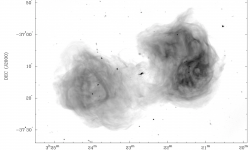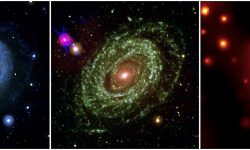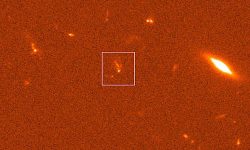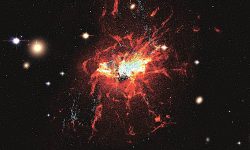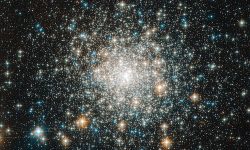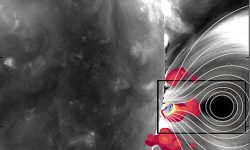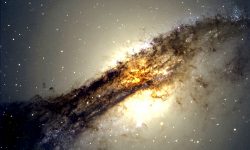Dark Velocity

July 20, 2020 Is the Universe expanding? Maybe not. Stars are primarily composed of hydrogen, according to consensus ideas. Nuclear reactions are thought to convert that hydrogen into helium, initiating the energetic emissions that make life on Earth possible. When temperatures in average stellar cores reach about 100 million Kelvin,…





